This article was medically reviewed by Lacy Windham, MD. Lacy Windham, MD, is a Board-Certified Obstetrician & Gynecologist in Cleveland, Tennessee. Dr. Windham attended medical school at the University of Tennessee Health Science Center in Memphis. Her residency was completed at Eastern Virginia Medical School in Norfolk, Virginia. She was the recipient of multiple awards during her residency training, including Most Outstanding Resident in Maternal Fetal Medicine, Most Outstanding Resident in Oncology, Most Outstanding Resident Overall, and Special Award in Minimally Invasive Surgery.
There are 12 references cited in this article, which can be found at the bottom of the page.
wikiHow marks an article as reader-approved once it receives enough positive feedback. In this case, 89% of readers who voted found the article helpful, earning it our reader-approved status.
This article has been viewed 132,869 times.
When you ovulate, your ovary releases an egg, along with follicular fluid and blood. For many women, normal ovulation produces no symptoms at all, but some women regularly experience pain and discomfort when they ovulate. These symptoms are sometimes called “mittelschmerz,” from the German words for “middle” (because ovulation occurs at the midpoint of your menstrual cycle) and “pain.”[1] Here you can find out how to identify and cope with painful ovulation.
Steps
Identifying Painful Ovulation
-
1Understand your menstrual cycle. Your menstrual cycle is the time from the first day of one menstrual period (this is “day one” of your cycle) to the first day of the next menstrual period.[2] A typical cycle lasts 28 days, but if you chart your menstrual periods on a calendar, you may notice that your own cycle is longer or shorter.[3] During the first half of your menstrual cycle (before ovulation), you menstruate, your uterine lining thickens again, and hormones begin working to trigger ovulation.[4] During the second half of your menstrual cycle (after ovulation), an egg is either fertilized, or the body prepares to shed the uterine lining again.[5]
- Your own menstrual cycle may vary by a few days each month, and this is not something to worry about.
- However, if your menstrual cycle varies significantly (by a week or more over a period of several months), it is best to see your doctor.
- Although there are many non-concerning causes for variable periods, there are some that can be helped with treatment (such as polycystic ovarian syndrome, where periods come infrequently due to hormone imbalance), so a doctor's advice is always best if you are in doubt.
-
2Know when you ovulate. Ovulation usually occurs at the midpoint of your menstrual cycle — for women with a typical 28-day cycle, then, ovulation occurs around Day 14.[6] If you think you may be experiencing painful ovulation, charting your cycles for a few months can help you confirm the timing.
- The second half of the menstrual cycle (after ovulation) tends to be consistent among women at 14 days (14 days before your next period begins). Therefore, if you happen to have notably longer or shorter intervals between periods (as compared to the average of 28 days), know that ovulation can be calculated by charting 14 days prior to the start of each period.
- Understand that ovulation is when the egg is released by the ovary. It entails rupturing the membrane of the ovary at the location where the egg exits, which can be accompanied by bleeding and a pressure sensation. For many women, this goes unnoticed; however, for some, the blood in the abdominal cavity and pressure against the ovarian membrane can be a notable source of discomfort.[7]
Advertisement -
3Note your symptoms. If you are experiencing lower-abdominal or pelvic pain or pressure around the midpoint of your menstrual cycle, and if this pain disappears within a day and does not reappear until you ovulate again, you probably have painful ovulation. (It could be pain from other internal organs, but pain with this specific pattern that repeats most cycles is most often from ovulation.)[8]
- You may notice that the pain seems to be on only one side of your abdomen at a time. This is because ovulation occurs only on one side or the other, and this varies with each menstrual cycle (it does not alternate, but switches at random).
- Pain during ovulation may sometimes be accompanied by minor vaginal bleeding; you may also experience some nausea.
- The pain from ovulation tends to last anywhere from a few hours to two to three days.
- Approximately 20% of women experience pain mid-cycle with ovulation. In most cases, it is relatively mild, but in some cases it can be severe and unbearable.
-
4Follow up with your doctor. As long as the symptoms are not severe, painful ovulation is probably harmless. Nevertheless, it’s important to see your doctor and rule out other possible causes of your pain (such as ovarian cysts, endometriosis, or if the pain is worse in any particular episode it may be a more severe and urgent condition such as appendicitis).
Treating Painful Ovulation
-
1Wait it out. If your symptoms are minor, or if they tend to disappear quickly (some women experience pain for only a few minutes), you probably don’t need to do anything at all.
-
2Take over-the-counter pain relievers. Basic pain relievers like ibuprofen, naproxen, and acetaminophen should help relieve your symptoms. Follow the instructions on the label, and do not exceed the recommended dosage.
- Note that different women find different over-the-counter pain medications to be more effective than others, and this varies from woman to woman. If you find that one does not work particularly well, do not hesitate to try another, as you may find greater success in trying another type of medication.[9]
- Anti-inflammatory pain medications (such as ibuprofen and/or naproxen) are known to be troublesome for people who have been diagnosed with kidney[10] or stomach problems.[11] If you fall into either of these categories, consult your doctor prior to use. Or, if you notice symptoms of upset stomach after starting the medication, consult your physician for further advice.
-
3Use heat. Some women report that a heating pad alleviates their symptoms. Apply the heating pad to the lower abdomen, and repeat as necessary. [12]
- The reason heat works so well is that it enhances blood flow to the area of pain, relaxes muscles, and eases cramps. [13]
- Some women also report that a cold pack or cold compress can help to alleviate ovarian pain associated with ovulation, so you can try both heat and cold and see what works best for you.
-
4Take a bath. A warm or hot bath may work like a heating pad does to relax you and relieve your symptoms.[14]
-
5Consider taking birth control pills. If your symptoms are very bothersome, you can try hormonal contraceptive pills. Prescription birth control pills prevent pregnancy, in part, by stopping ovulation. If you begin taking hormonal birth control pills, you will no longer ovulate, and your painful ovulation will therefore disappear.
- Note that birth control pills are the only effective way to prevent ovulatory pain, as they halt ovulation altogether (by suppressing your natural hormones and therefore preventing ovulation).
- Birth control pills are therefore the most effective mode of treatment for painful ovulation, if home remedies (such as heat or cold) and over-the-counter medications are insufficient.
- See your doctor to discuss the pros and cons of birth control pills and whether they are the right choice for you. You may also wish to chart your menstrual cycle over a few months time and bring this in to your doctor so that he or she can have a clearer picture of what's going, and perhaps come up with a more specific diagnosis.
-
6Watch for symptoms of a more serious problem. For many women, painful ovulation is a bothersome but normal part of the menstrual cycle. Serious symptoms, though, are not normal. If your pain lasts longer than two or three days, or if you experience any of the following symptoms along with the usual mid-cycle pain, seek medical treatment immediately:
- Fever
- Painful urination
- Redness or inflammation of the skin on your abdomen or pelvis
- Severe nausea or vomiting
- Heavy vaginal bleeding
- Abnormal vaginal discharge
- Abdominal swelling
Expert Q&A
-
QuestionI am 46 years my periods are on time but with few clots. When I went for my check up my Pap smear test was good but my OB/GYN said that my uterus is bulky and sore so she has asked me to remove it . Should I remove it?
 Carrie Noriega, MDDr. Noriega is a Board Certified Obstetrician & Gynecologist and medical writer in Colorado. She specializes in women’s health, rheumatology, pulmonology, infectious disease, and gastroenterology. She received her MD from the Creighton School of Medicine in Omaha, Nebraska and completed her residency at the University of Missouri - Kansas City in 2005.
Carrie Noriega, MDDr. Noriega is a Board Certified Obstetrician & Gynecologist and medical writer in Colorado. She specializes in women’s health, rheumatology, pulmonology, infectious disease, and gastroenterology. She received her MD from the Creighton School of Medicine in Omaha, Nebraska and completed her residency at the University of Missouri - Kansas City in 2005.
Board Certified Obstetrician & Gynecologist The decision to remove your uterus depends on a number of facts. First, why is your uterus enlarged? Is it from fibroids or adenomyosis (both benign conditions) or something that may be pre-cancerous or cancerous? If the reason is likely benign then the uterus does not need to be removed but if there is a concern for cancer then the uterus must be removed. Second, is the recommendation to remove the uterus because you are expressing concern over significant blood loss during menses? If it is then removing the uterus can help with this but you can also try other things first. These are things like hormone, endometrial ablation, or hormone-containing IUDs. You should discuss this more with your doctor before deciding to remove your uterus.
The decision to remove your uterus depends on a number of facts. First, why is your uterus enlarged? Is it from fibroids or adenomyosis (both benign conditions) or something that may be pre-cancerous or cancerous? If the reason is likely benign then the uterus does not need to be removed but if there is a concern for cancer then the uterus must be removed. Second, is the recommendation to remove the uterus because you are expressing concern over significant blood loss during menses? If it is then removing the uterus can help with this but you can also try other things first. These are things like hormone, endometrial ablation, or hormone-containing IUDs. You should discuss this more with your doctor before deciding to remove your uterus.
References
- ↑ https://my.clevelandclinic.org/health/diseases/9134-ovulation-pain-mittelschmerz
- ↑ https://my.clevelandclinic.org/health/articles/10132-normal-menstruation
- ↑ https://www.hopkinsmedicine.org/health/wellness-and-prevention/menstrual-cycle-an-overview
- ↑ https://www.reproductivefacts.org/news-and-publications/patient-fact-sheets-and-booklets/documents/fact-sheets-and-info-booklets/abnormal-uterine-bleeding/
- ↑ https://crh.ucsf.edu/fertility/fertility_cycle
- ↑ https://my.clevelandclinic.org/health/articles/11585-pregnancy-ovulation-conception--getting-pregnant
- ↑ https://www.betterhealth.vic.gov.au/health/conditionsandtreatments/ovulation-pain
- ↑ https://www.betterhealth.vic.gov.au/health/conditionsandtreatments/ovulation-pain#symptoms-of-ovulation-pain
- ↑ https://my.clevelandclinic.org/health/diseases/9134-ovulation-pain-mittelschmerz
- ↑ https://www.kidney.org/atoz/content/painmeds_analgesics
- ↑ https://www.nhs.uk/conditions/nsaids/
- ↑ http://www.mayoclinic.org/diseases-conditions/mittelschmerz/basics/lifestyle-home-remedies/con-20025507
- ↑ https://www.seattlechildrens.org/conditions/a-z/menstrual-cramps/
- ↑ https://my.clevelandclinic.org/health/diseases/9134-ovulation-pain-mittelschmerz
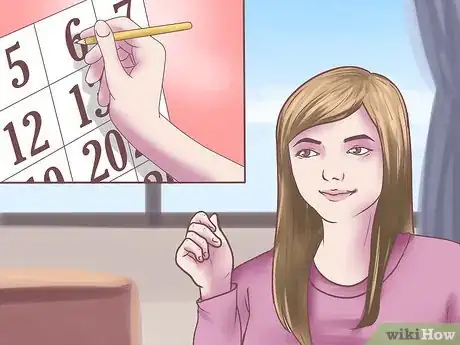
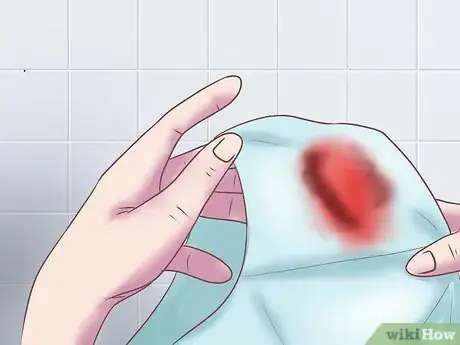
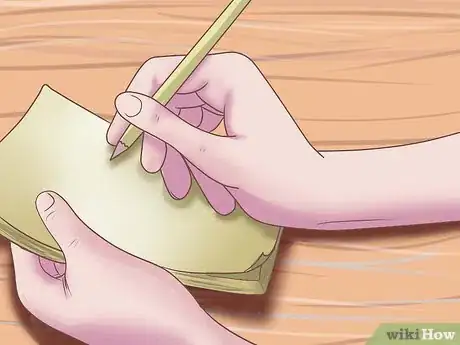
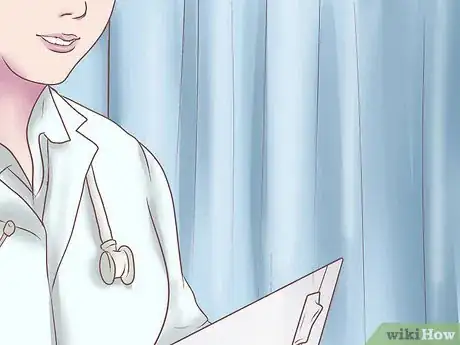
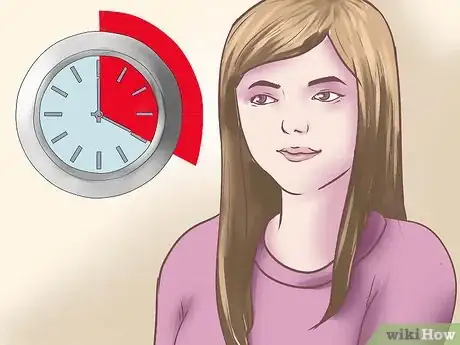
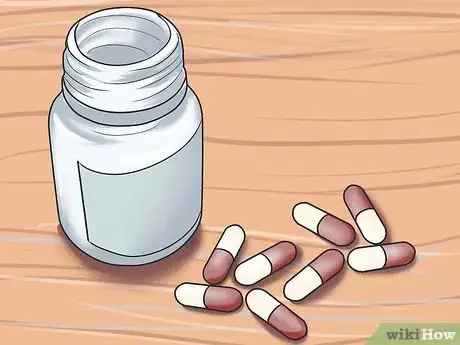
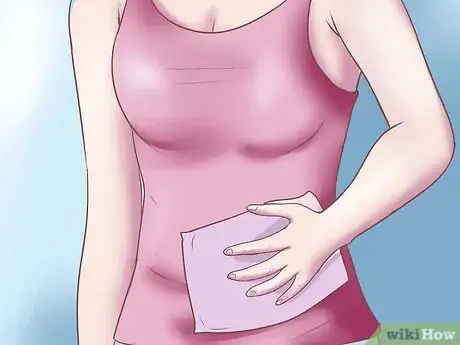

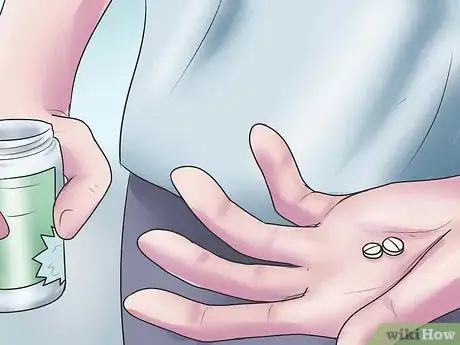
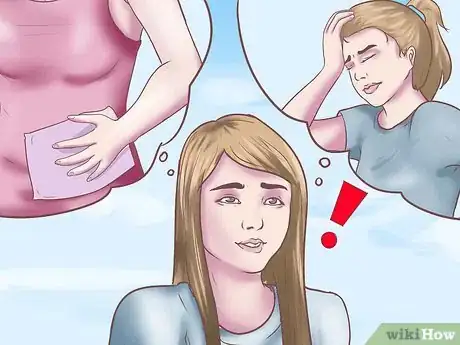

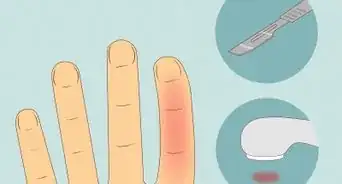





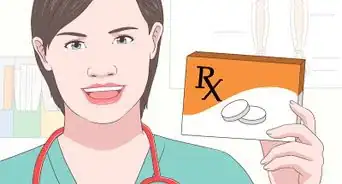

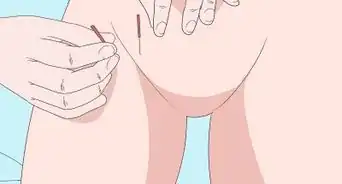
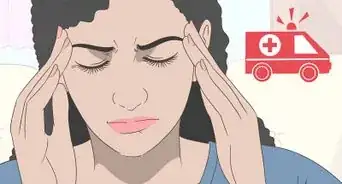


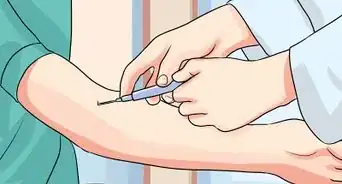









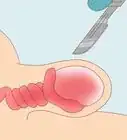






































Medical Disclaimer
The content of this article is not intended to be a substitute for professional medical advice, examination, diagnosis, or treatment. You should always contact your doctor or other qualified healthcare professional before starting, changing, or stopping any kind of health treatment.
Read More...